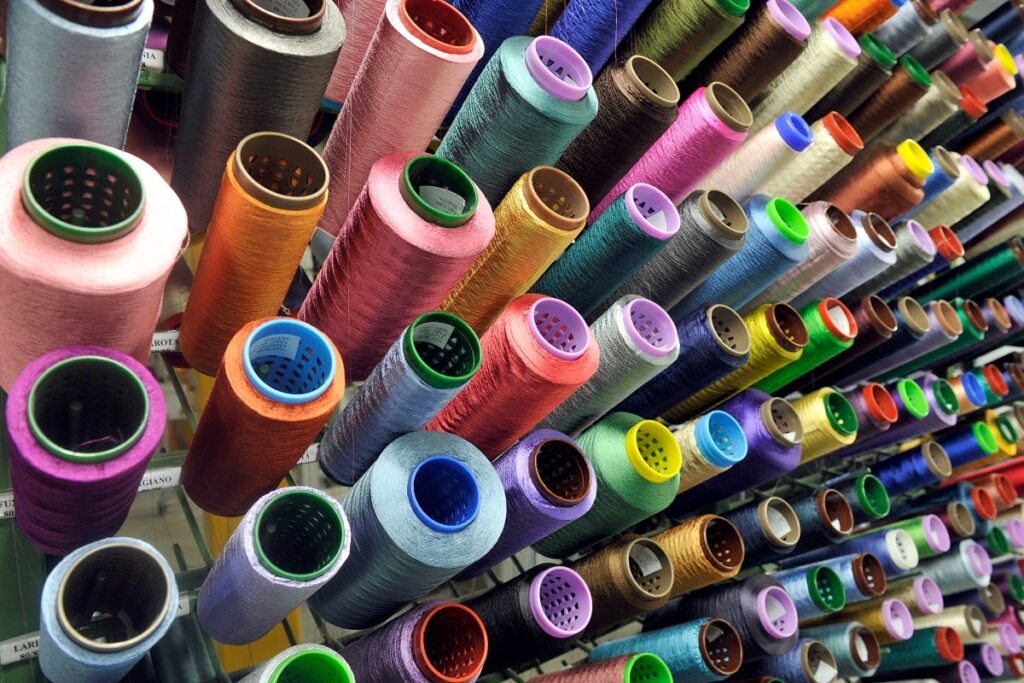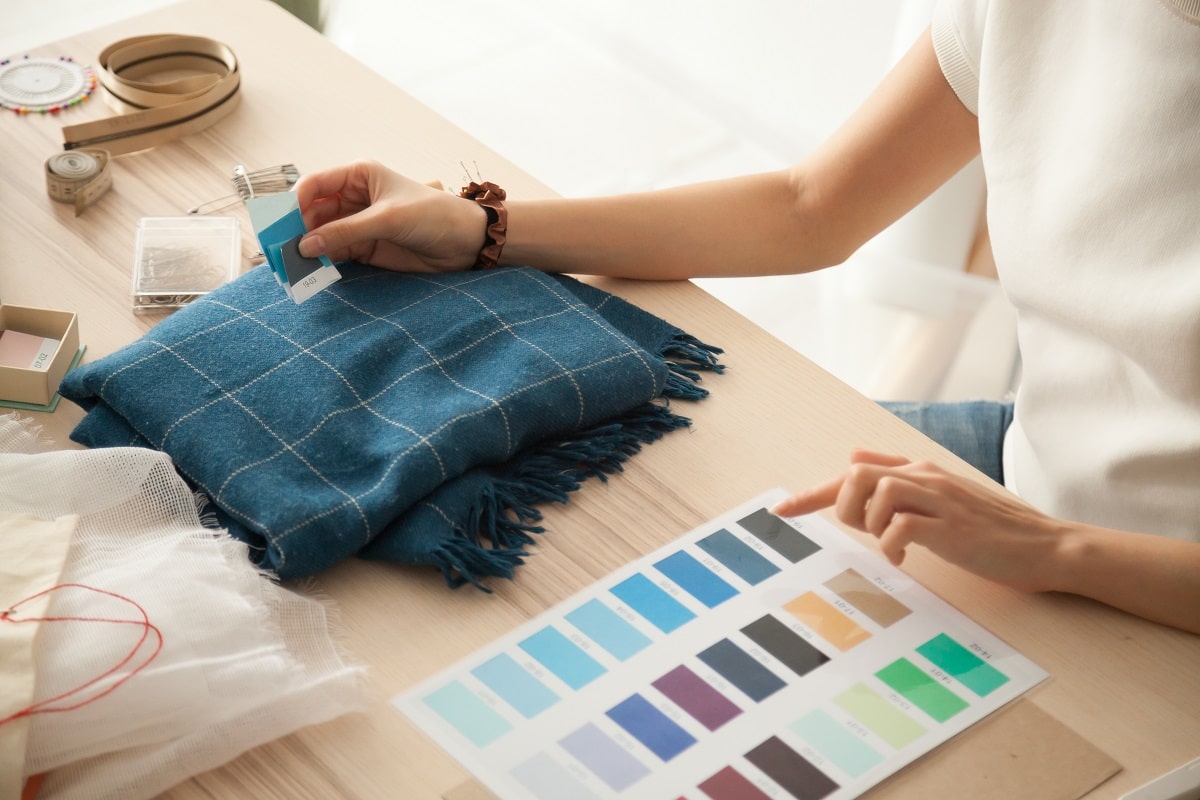Pattern Maker
At the heart of pattern making in fashion is the pattern maker, who is responsible for creating the blueprint that guides the construction of a garment. Pattern makers meticulously translate a designer’s vision into precise patterns that form the basis for production. They possess a deep understanding of garment construction, fabric properties, and sizing standards to ensure that the final product meets design specifications and fits well on the body.
Technical Designer
Technical designers work closely with pattern makers and designers to refine and adjust patterns for fit, function, and production feasibility. These professionals are skilled in interpreting design sketches, conducting fittings, and making necessary pattern modifications to achieve the desired look and fit of a garment. Technical designers play a vital role in ensuring that patterns are optimized for mass production while maintaining design integrity.
Grader
Graders are responsible for scaling patterns to different sizes while maintaining the proportions and fit of the original design. Using specialized software and industry-standard grading rules, graders resize patterns to accommodate various body shapes and sizes within a clothing line. Accurate grading is essential to ensure consistency across sizes and cater to the diverse range of consumers in the market.
Sample Machinist
Sample machinists bring patterns to life by constructing initial garment samples for fitting and evaluation. These skilled professionals work closely with pattern makers and designers to sew prototypes using the pattern templates. Sample machinists possess a strong understanding of garment construction techniques, sewing methods, and fabric handling to produce high-quality samples that showcase the design intent and fit.
Production Pattern Maker
Production pattern makers specialize in creating patterns that are optimized for mass production. These professionals focus on efficiency, accuracy, and cost-effectiveness when developing patterns that will be used to manufacture garments on a larger scale. Production pattern makers collaborate with garment manufacturers to streamline the production process, ensuring that patterns meet quality standards and adhere to production timelines.
Fit Model
Fit models play a crucial role in the pattern-making process by providing feedback on the fit, comfort, and movement of garments during fittings. Fit models have body measurements that align with standard sizing specifications and serve as live mannequins for designers, pattern makers, and technical designers to assess the fit of garments in real-time. Their feedback helps refine patterns to achieve the desired silhouette and comfort for the target consumer.
Quality Control Inspector
Quality control inspectors are responsible for reviewing patterns, samples, and finished garments to ensure that they meet quality standards and design specifications. These professionals conduct thorough inspections, identify any deviations from the approved patterns, and address quality issues before garments are released for production or distribution. Quality control inspectors play a critical role in upholding brand integrity and customer satisfaction.
Fashion Illustrator
Fashion illustrators collaborate with pattern makers and designers to create detailed technical drawings and illustrations of garment designs. These visual representations help communicate design concepts, construction details, and fabric choices to the production team. Fashion illustrators use their artistic skills to bring designs to life on paper, providing valuable references for pattern makers to interpret and execute accurately.
CAD Pattern Maker
CAD (Computer-Aided Design) pattern makers utilize specialized software to create digital patterns that streamline the pattern-making process and enhance accuracy. CAD pattern makers leverage technology to develop, modify, and grade patterns efficiently, reducing manual errors and speeding up the design-to-production timeline. Mastery of CAD software is increasingly valuable in the fashion industry for its precision and productivity benefits.
Fashion Product Developer
Fashion product developers oversee the entire product development process, from concept to production, ensuring that design concepts are translated into market-ready garments. These professionals collaborate with designers, pattern makers, technical designers, and manufacturers to coordinate the development timeline, materials sourcing, sample production, and quality control. Fashion product developers play a key role in bringing fashion collections to market successfully and on schedule.
Conclusion
Pattern making in fashion is a multifaceted discipline that requires a blend of creativity, technical skills, and attention to detail. From creating intricate patterns to overseeing production processes, professionals in pattern-making roles are instrumental in shaping seasonal trends and bringing fashion designs to fruition. Mastering the art of pattern making opens up diverse career pathways in the dynamic and ever-evolving world of fashion.
Key Takeaways:
- Pattern makers play a crucial role in translating design concepts into tangible garments.
- Technical designers refine patterns for fit and production feasibility.
- Graders scale patterns to different sizes while maintaining proportions.
- Sample machinists bring patterns to life through garment construction.
- Production pattern makers optimize patterns for mass production efficiency.
- Fit models provide valuable feedback on garment fit during fittings.
- Quality control inspectors ensure patterns and garments meet quality standards.
- Fashion illustrators create visual representations of garment designs.
- CAD pattern makers utilize technology to streamline the pattern-making process.
- Fashion product developers oversee product development from concept to production.
For those looking to enhance their skills and knowledge in fashion product development, consider exploring the Parsons Fashion Industry Essentials online course and certificate program offered by Yellowbrick. This comprehensive program can provide valuable insights and practical experience to help you succeed in the dynamic world of fashion.








